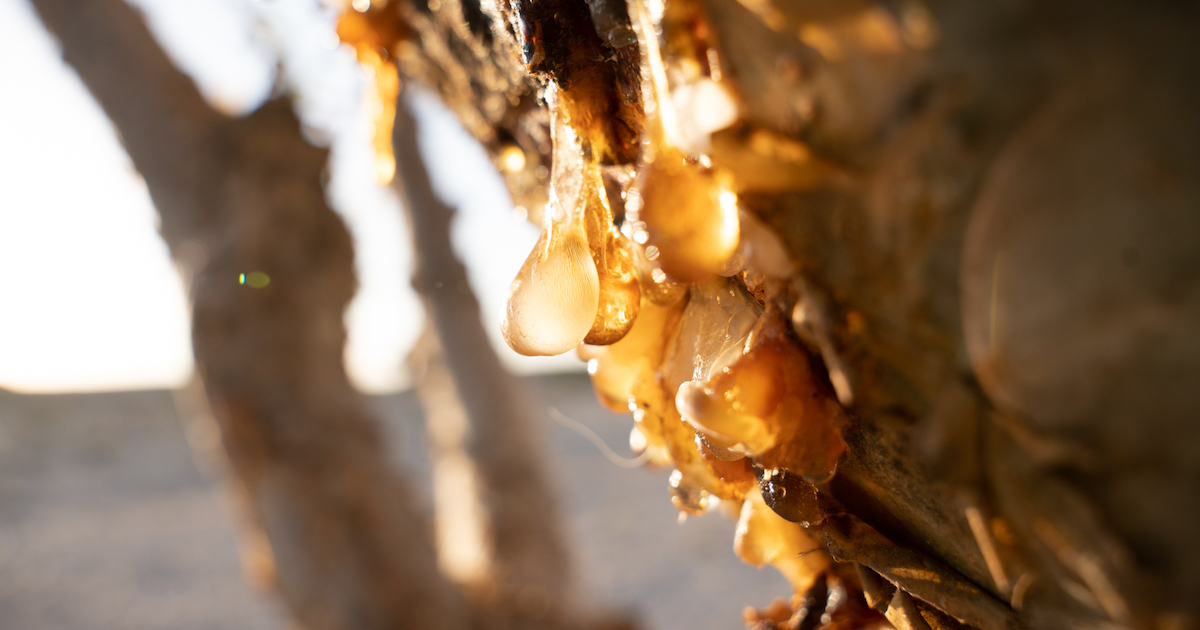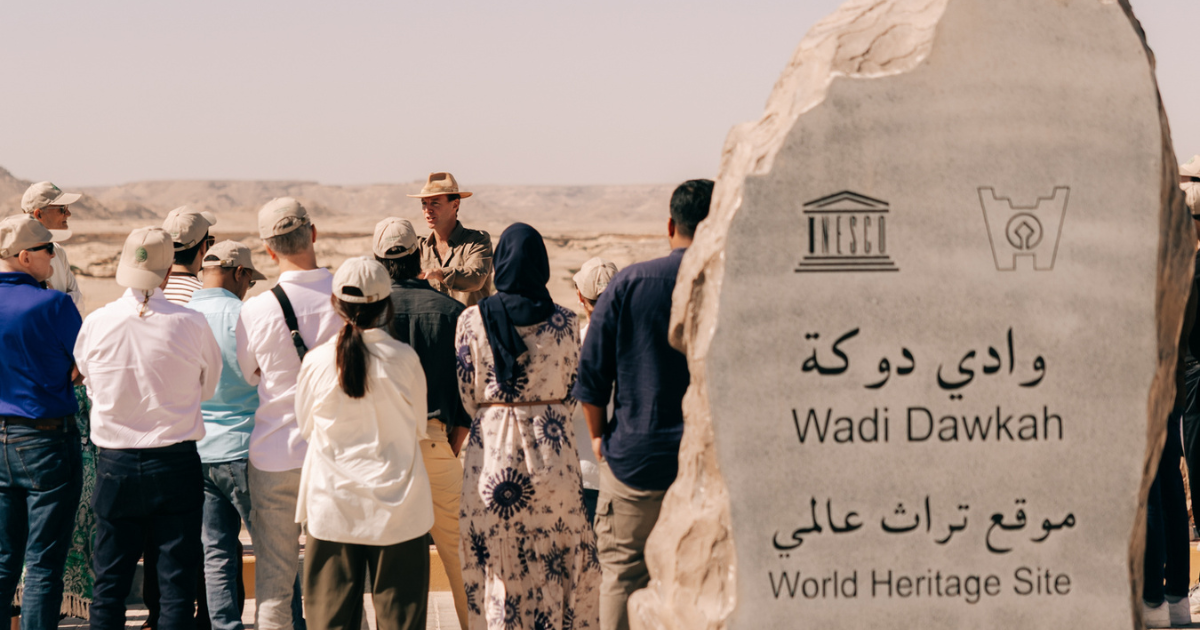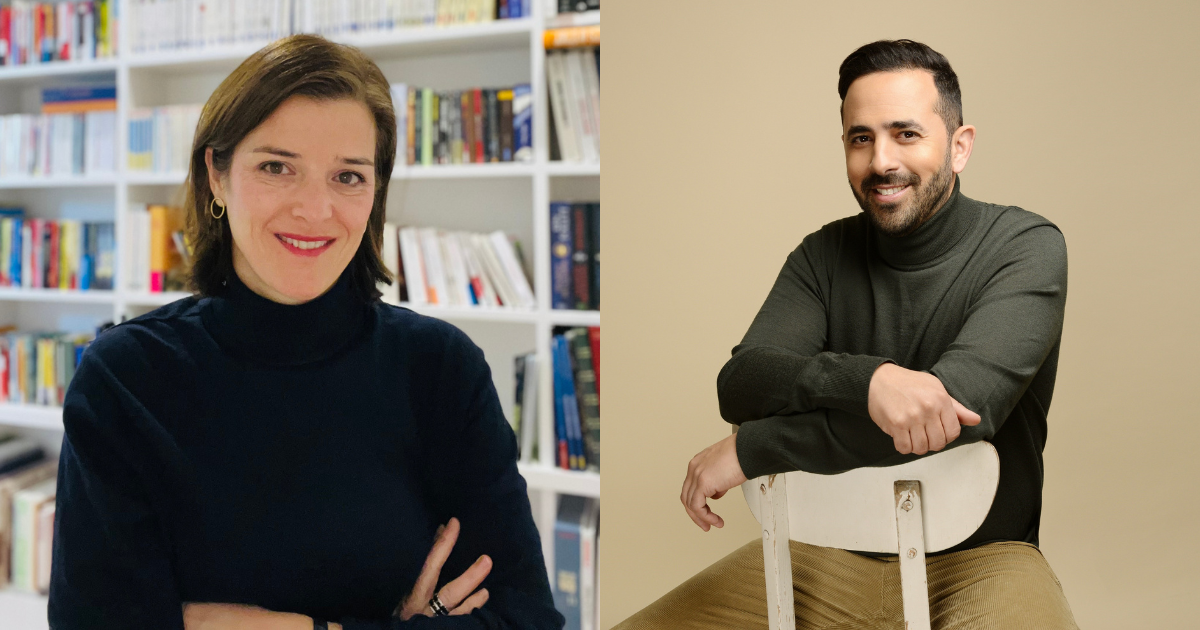Cette publication est également disponible en :
Français
In 2022, researchers at the center of natural and medical sciences at the University of Nizwa, 150 km from Muscat, managed to decipher the Boswellia sacra genome using DNA from fresh frankincense leaves. An achievement that owes much to the perseverance of the Omani scientific teams.
The frankincense tree variety that grows in the sultanate could be described as the star of the 24 recorded species: After four years of research, the scientists chose Boswellia sacra as the variety with the greatest potential in terms of therapeutic potential, ahead of seven competitors. They identified more than 100 compounds present in its resin likely to be suitable for medical purposes. Among other elements, the researchers isolated incensole, proved to have superior anti-inflammatory and antidepressant virtues. It was also used in combination with the boswellic acids in a remedy to treat psoriasis.
The boswellic acids that are the Boswellia sacra resin’s main components are thought to be the source of the most valuable therapeutic effects. One particular group of boswellic acids looks extremely promising: acetyl-11-keto-β-boswellic acid (AKBA), a powerful anti-inflammatory compound. AKBA has been extracted since 2015 and is available at around 3% in frankincense resin.
No one in Dhofar, where the frankincense tree grows, is surprised by these results. In this part of southern Oman, everyone knows that drinking water where frankincense tears are macerated helps keep your colon healthy and your memory sharp. In Middle Eastern medicine, boswellic acids are used to treat inflammatory disorders of the joints and bones, spinal cord problems and respiratory difficulties. Studies on the analgesic effect of Boswellia sacra have confirmed the traditional use of frankincense by the Omani people to relieve sore muscles and stomach pains.
This natural component has been used in the creation of several dozen derivative products, so far without success. Trials have been conducted to increase its water solubility and make it easier to ingest as a medicine. It has also been the subject of various studies to boost the concentration of boswellic acids in frankincense resin. Because for now this little miracle product sells at an exorbitant 120 euros per milligram!
In September 2025, Dhofar University in Salalah will host the third conference on frankincense and medicinal plants, with a dozen speakers from 11 countries expected to attend. All the signs point to a stimulating event, following in the footsteps of two landmark scientific publications in 2024. “Frankincense is magical!” says Professor Luay Rashan, the pharmacology specialist who heads the biodiversity and frankincense research laboratory at Dhofar University. The research center studies the “food of the gods,” exploring numerous chemical, pharmacological and biological aspects in collaboration with universities in Germany, Switzerland, Italy, South Korea and Australia.
Boswellia sacra has been studied for its potential anti-cancer effects. It is believed to strengthen the immune system during chemotherapy, and could play a useful role in the fight against skin cancer. Boswellic acids have also proved to have an antiproliferative effect on tumors, including breast and brain tumors. As for alcoholic olibanum extracts, they inhibit the growth of fungal infections, bacteria and other germs. Its properties helped researchers to develop a powerful hand disinfectant based on frankincense during the COVID-19 pandemic.
So is Boswellia sacra a universal remedy for today’s ills? “If frankincense was a panacea, we’d know about it,” says a smiling Xavier Fernandez, chemistry professor at the Institut de Chimie in Nice, France. He points out that an ingredient’s anti-inflammatory properties are not enough to turn it into a medicine. And its popularity may diminish over time as cheaper, simpler and more efficient products are developed. “It’s similar to the way we talk about the benefits of chocolate: yes, it contains magnesium, which is useful in combating stress, polyphenols, which have a lot of different benefits, and copper, which helps prevent hair turning white. But you’d have to eat several kilos a day to see any real biological activity!”
Olibanum essential oil, on the other hand, is used to good effect by aromatherapists in palliative care establishments, as Xavier Fernandez notes. Studies have shown an improvement in the well-being of people nearing the end of their lives. Several articles have also been published demonstrating Boswellia sacra’s effect on the nervous system, highlighting the role of incensole, a molecule capable of reducing stress and anxiety by promoting well-being and relaxation. Which begs the question: Could it treat depression? Research is ongoing into an ingredient that reminds us, yet again, of the thin line dividing the olfactory and therapeutic spheres, as illustrated by the kyphi used in ancient Egypt, the “twice-good fragrance” that soothed the body and mind.
To see the website of Wadi Dawkah : https://www.wadidawkah.com/
Photo credit : @Amouage
TABLE OF CONTENTS OF OUR MAIN FEATURE “WADI DAWKAH“
- A panorama of the Land of Frankincense
- Frankincense, Oman’s essence
- Olibanum resin: a panacea?
- Eating Frankincense
- The quintessential scents of Oman
- The Incense Trade Route, by Sterenn Le Maguer-Gillon
- Perfume as a way of life in the Middle East
- Wadi Dawkah, The Land of Frankincense (Podcast)
- Oman, strategically positioned in the Gulf
- Sayyid Khalid: “Wadi Dawkah was chosen to reintroduce frankincense globally”
- Renaud Salmon: “Wadi Dawkah is serving as a pilot project for the Omani frankincense industry”
- Dominique Roques: “Working on a multifaceted project focusing on frankincense trees is a wonderful opportunity”








Comments